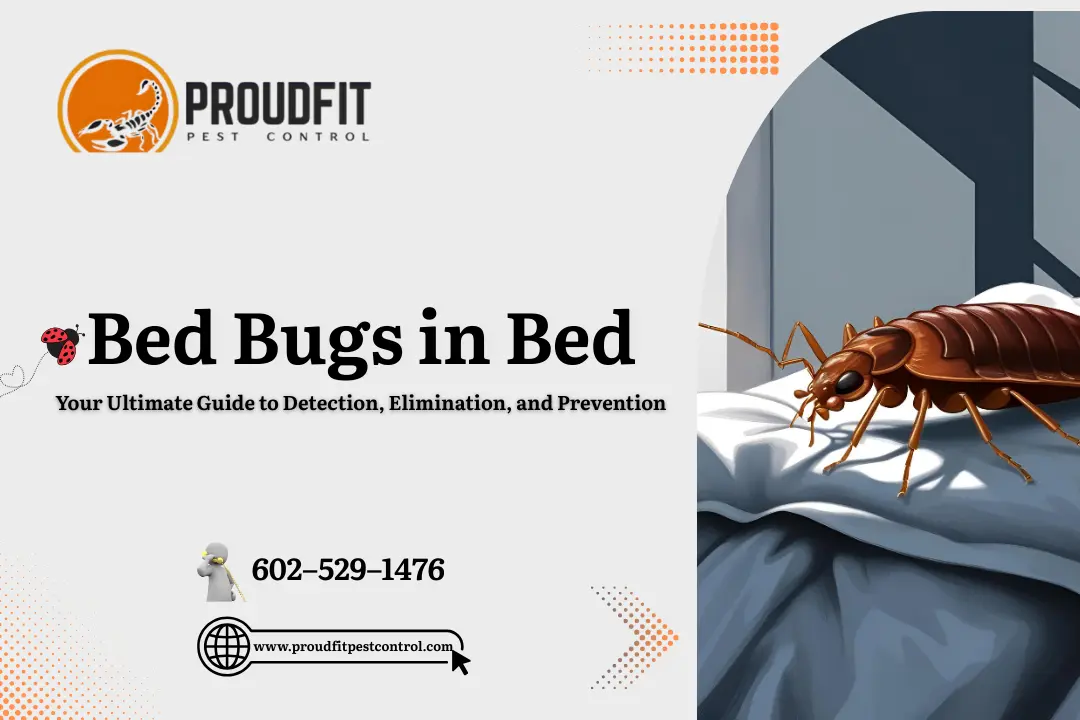Ants are one of the most common insects found in Arizona. The average hive (varies by species) contains anywhere between 300,000 – 500,000 ants. They thrive indoors and outdoors, wherever they have access to food and water. Ants outdoors are mostly beneficial as they are scavengers and decomposers of organic matter, predators of small insects and seed dispersers of certain plants. Some species however (e.g., fire ants and harvester ants) can inflict painful bites and stings, and this is cause for concern. Others (e.g., carpenter ants) can cause damage to wooden structures. It is important to remember different ant species feed differently and are not treated in the same way. Consult a professional for species identification (this is key) and targeted elimination method. While Arizona is home to more than 300 species of ants, here are a few common species you will encounter in AZ:
Harvester Ants (Pogonomyrmex spp.)
Fire Ants (e.g., Solenopsis xyloni – Southern Fire Ant)
The most common fire ant species of AZ is the southern fire ant (Solenopsis xyloni). These ants are invasive and highly aggressive. They are attracted to human food, sugar and protein and can inflict painful stings that can cause allergic reactions. They can also damage crops and electrical equipment. They may also attack and harm small pets. Fire ant hives can be as deep as 100ft underground so without proper treatment can be impossible to eliminate.
Carpenter Ants (Camponotus spp.)
Crazy Ants (Paratrechina longicornis)
These small, black harmless ants are typically found far from their nest, so they are difficult to control. mall, dark ants with erratic and fast movement patterns. Crazy ants prefer moist environments and can be found indoors near sinks or potted plants. They can be a significant agricultural pest as it assists in the distribution and or protection of phloem feeding bugs such as mealybugs, scale insects and plant aphids.
Odorous House Ants (Tapinoma sessile)
These small brown to black ants produce a rotten coconut like oder when crushed. They do not bite unless provoked and cannot sting. They can invade structures and landscapes and feed on sweet and protein based sources. They have multiple queens and can bud and spread rapidly especially if not controlled with the right methods.
Prevention Tips
- Eliminate food and water sources: Keep counters and closets clean, dry and free from food debris/crumbs. Keep food in sealed containers. This is the most important prevention tip.
- Eliminate entry points: Keep doors, windows and entrances sealed with good weather strip and caulking.
- Landscaping: Keep foliage and plants away from home.
- Pest Control: Call Proudfit Pest if an infestation becomes severe for proper elimination by species.






